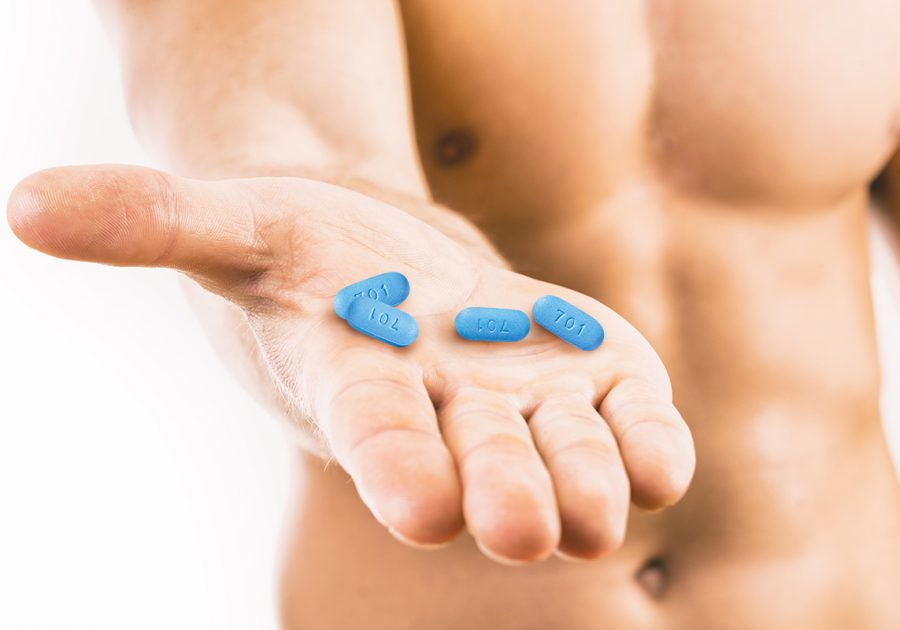HIV is a virus that attacks the immune system, making it harder for the body to fight off infections and diseases. It is primarily transmitted through unprotected sexual intercourse, sharing of needles, and from mother to child during pregnancy, delivery, or breastfeeding. Among all demographics, gay and bisexual men are at a higher risk of HIV infection than any other group. According to the Centers for Disease Control and Prevention (CDC), gay and bisexual men accounted for 69% of all new HIV diagnoses in the United States in 2019. This article explores the connection between gay men and HIV and offers strategies for promoting health and preventing HIV infection.
Why Are Gay Men at a Higher Risk of HIV Infection?
Several factors contribute to the higher risk of HIV infection among gay and bisexual men. One of the most significant factors is a higher prevalence of unprotected anal sex, which is a more efficient mode of HIV transmission than vaginal or oral sex. Additionally, gay and bisexual men may have multiple sexual partners, which increases the likelihood of exposure to HIV. Social stigma and discrimination against homosexuality and HIV may also create barriers to accessing HIV prevention and care services.
HIV Prevention Strategies for Gay Men
Prevention is key to reducing the spread of HIV among gay and bisexual men. Here are some effective strategies:
1. Condom Use
Consistent and correct condom use is one of the most effective ways to prevent HIV transmission during anal sex. It is important to use water-based lubricants with condoms to reduce the risk of condom breakage.
2. Pre-Exposure Prophylaxis (PrEP)
PrEP is a daily medication that can reduce the risk of HIV infection by up to 99% when taken as directed. It is recommended for people at high risk of HIV infection, including gay and bisexual men.
3. Post-Exposure Prophylaxis (PEP)
PEP is a medication taken within 72 hours after possible exposure to HIV, such as unprotected sex or needle sharing. It can reduce the risk of HIV infection, but it is not as effective as PrEP.
4. Regular HIV Testing
Regular HIV testing is important for the early detection and treatment of HIV. The CDC recommends that sexually active gay and bisexual men get tested for HIV at least once a year and more frequently if they have multiple sexual partners.
HIV Treatment and Care for Gay Men
Despite the progress in HIV treatment and care, stigma and discrimination against homosexuality and HIV continue to create barriers to accessing healthcare services for gay and bisexual men. Here are some strategies for promoting HIV treatment and care for gay men:
1. Addressing Stigma and Discrimination
Healthcare providers and policymakers should address stigma and discrimination against homosexuality and HIV to promote access to HIV prevention and care services. This includes providing culturally competent care and ensuring confidentiality and privacy.
2. HIV Treatment as Prevention (TasP)
TasP is a strategy that involves providing HIV treatment to people living with HIV to suppress the virus and reduce the risk of transmission. This is especially important for gay and bisexual men at a higher risk of HIV infection.
3. Mental Health and Social Support
Gay and bisexual men may experience higher levels of mental health problems, such as depression and anxiety, due to stigma and discrimination. Mental health and social support services can help reduce the impact of these problems and promote better health outcomes.
Conclusion
Gay and bisexual men are at a higher risk of HIV infection than any other group. Understanding the connection between gay men and HIV and promoting health and prevention strategies is essential for reducing the spread of HIV and improving health outcomes for gay men. Effective prevention strategies include condom use, PrEP, and regular HIV testing. Promoting HIV treatment and care for gay men involves addressing stigma and discrimination, providing HIV treatment as prevention, and offering mental health and social support services.
It is important to note that the HIV epidemic among gay men is not a result of personal choices or behavior but rather a reflection of social and structural factors such as stigma, discrimination, and lack of access to healthcare. Therefore, addressing these factors through policy, education, and community mobilization efforts is crucial.
Furthermore, it is essential to acknowledge and support the diversity within the gay and bisexual male community. The HIV epidemic affects different subgroups of gay men differently, such as men of color, transgender men, and men living in poverty. Therefore, HIV prevention and care efforts must be tailored to the specific needs of these subgroups to be effective.
In conclusion, the connection between gay men and HIV is complex, and the HIV epidemic among gay men requires a comprehensive and intersectional approach. By promoting prevention, treatment, and care strategies tailored to the specific needs of gay men, we can reduce the spread of HIV and improve health outcomes for this vulnerable population.

